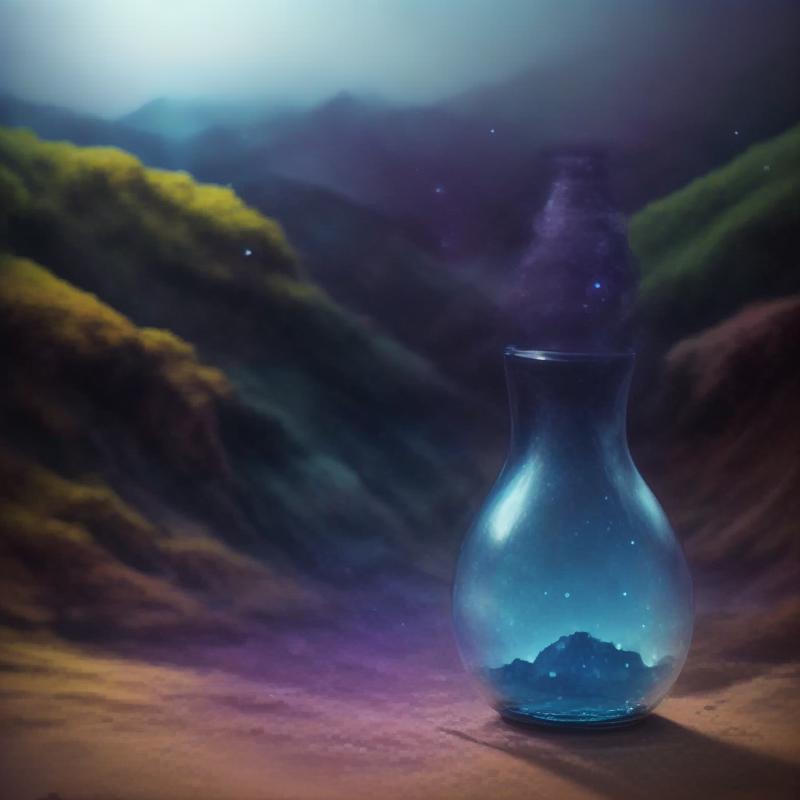If you are like me.

Sounds like you're interested in learning about the capabilities and differences between various AI art generation models: Stable Diffusion, MidJourney, LLM (Large Language Models), and Loras. Each of these tools represents different approaches and technologies in the field of artificial intelligence and image generation. Let's dive into a brief overview of each:
Stable Diffusion:
What it is: Stable Diffusion is an AI model known for generating high-quality images based on textual descriptions.
Capabilities: It excels in creating detailed and realistic images, with a strong ability to adhere closely to the given prompts.
Usage: Often used for artistic purposes, concept art, and visualizations, it's popular due to its flexibility and the high fidelity of its outputs.
MidJourney:
What it is: MidJourney is another AI-based tool focused on image generation, with a slightly different approach compared to Stable Diffusion.
Capabilities: Known for its somewhat abstract and stylistic outputs, MidJourney can create unique and artistic renditions of given prompts.
Usage: It's favored for projects where a more artistic and less literal interpretation of the prompt is desirable.
LLM (Large Language Models):
What it is: LLMs like GPT (from OpenAI) are primarily focused on understanding and generating text, rather than images.
Capabilities: These models can understand complex queries, generate human-like text, and even assist in creative writing, coding, and more.
Usage: While not directly used for image generation, they often complement other AI tools by generating descriptive texts which can then be used as inputs for image-generating models.
Loras:
What it is: The term "Loras" isn't widely recognized in the context of AI and machine learning as of my last update in April 2023. It's possible that it refers to a specific model or tool that has emerged more recently.
Capabilities & Usage: Without specific information, it's challenging to provide details on its capabilities and typical usage scenarios.
Each of these tools serves different purposes and is suited for different types of tasks. While Stable Diffusion and MidJourney are directly involved in image generation, LLMs like GPT are more about text generation and understanding. The usage of these tools can overlap in creative workflows, where text generated by LLMs can serve as prompts for image-generating models like Stable Diffusion and MidJourney. As for Loras, it would be important to have more specific information to understand its role and capabilities in the context of AI-driven tools.
So, let's start with the vocabulary.
Prompt: A textual description or set of keywords that guide the image generation process.
Seed: A numerical value used to initialize the random number generator, ensuring reproducibility of results.
Sampling Method: The algorithm used for navigating the model's latent space to generate images. Examples include Euler, DPM, etc.
Latent Space: A high-dimensional space where the model's learned representations of data exist. This is where the model navigates to generate images.
Model Checkpoint: A saved state of the model, typically containing trained weights, allowing for consistent performance over time.
Diffusion Process: The core mechanism of Stable Diffusion, where the model iteratively adds and removes noise to/from an image.
Resolution: The dimensions of the output image, usually measured in pixels.
Fine-tuning: Adjusting the model on a specific dataset to maximize its output.
Weights: Parameters within the model that are adjusted during training to determine how the model interprets and generates data.
Inpainting: The process of generating parts of an image based on the surrounding context, used for editing images.
Outpainting: Extending the borders of an image beyond its original dimensions, with contextually relevant content.
Upscaling: Increasing the resolution of the generated image while maintaining quality.
Understanding these concepts is crucial for effectively utilizing and experimenting with Stable Diffusion for image generation tasks.
Different Models difference.
The differences between the Stable Diffusion XL (SDXL) model and the 1.5 model, along with other types of models, can be outlined as follows:
Stable Diffusion XL (SDXL) vs 1.5 Model
Model Size and Capacity:
SDXL: Typically larger in size with more parameters. This allows for a deeper understanding of complex prompts and potentially higher-quality outputs.
1.5 Model: Smaller in comparison to SDXL, with fewer parameters. This makes it less resource-intensive but potentially less nuanced in its outputs.
Image Quality and Detail:
SDXL: Due to its larger size, it generally produces images with higher fidelity and more detail.
1.5 Model: Might produce slightly less detailed images compared to SDXL, especially in complex scenarios.
Resource Requirements:
SDXL: Requires more computational power and memory, making it more suitable for high-end systems or cloud-based platforms.
1.5 Model: More efficient in terms of computational resources, suitable for a wider range of systems.
Use Cases:
SDXL: Ideal for scenarios where high-quality, detailed images are paramount.
1.5 Model: Better suited for more general use cases where the balance between quality and resource usage is important.
Other Types of Models
Apart from SDXL and 1.5, there are various other models in the realm of AI image generation, each with unique characteristics:
Fine-Tuned Models: Models that have been specifically trained on certain types of images or styles, offering specialized outputs.
Domain-Specific Models: Models designed for specific domains, like medical imaging, satellite imagery, etc.
Low-Resource Models: Optimized for lower computational resources, useful for mobile devices or less powerful computers.
Interactive Models: Designed for real-time interaction, such as in gaming or virtual reality environments.
Multi-Modal Models: Capable of handling multiple types of inputs, like text and images, for more integrated tasks.
Each of these models serves different needs and applications, ranging from specialized tasks to more general-purpose image generation. Understanding the specific capabilities and limitations of each model is key to choosing the right tool for a given task.
And Finally Tools. that i use, actually.
"Automatic1111" and "ComfyUI" are both user interfaces designed to interact with Stable Diffusion models for image generation. They provide accessible ways for users to leverage the capabilities of these AI models without needing deep technical knowledge. Here's a brief explanation of each:
Automatic1111
Overview: Automatic1111 is a popular web-based user interface for Stable Diffusion. It's known for its ease of use and comprehensive features.
Key Features:
Web Interface: Allows users to generate images directly from a browser, making it accessible without a complex setup.
Prompt Management: Offers a user-friendly way to enter and manage prompts for image generation.
Model Selection: Users can choose from different models, including fine-tuned or domain-specific ones.
Parameter Adjustments: Provides options to adjust various parameters like sampling method, seed, etc., giving users control over the image generation process.
Batch Processing: Enables the generation of multiple images at once, based on a set of prompts.
User Base: Favored by artists, designers, and hobbyists who want a straightforward interface to explore AI-generated imagery.
ComfyUI
Overview: ComfyUI is another interface for Stable Diffusion, designed for user-friendliness and comfort, hence the name.
Key Features:
Simplified UI: Focuses on a clean and intuitive user interface, making it easy for beginners to navigate.
Basic and Advanced Modes: Offers different modes for users based on their familiarity and comfort with the tool.
Live Previews: Some versions may offer live previews of the image as the parameters are adjusted.
Customization Options: Allows users to customize various aspects of the image generation process while maintaining simplicity.
Community Features: This may include features for sharing and discussing generated images with a community of users.
User Base: Aimed at individuals new to AI image generation or those who prefer a more guided and less technical experience.
Both Automatic1111 and ComfyUI serve as gateways for a broader audience to experiment with and utilize Stable Diffusion, catering to different levels of technical expertise and creative needs. They democratize access to advanced AI technology by abstracting away the underlying complexities and providing a more approachable user experience.
So. thanks for reading cowboy.






